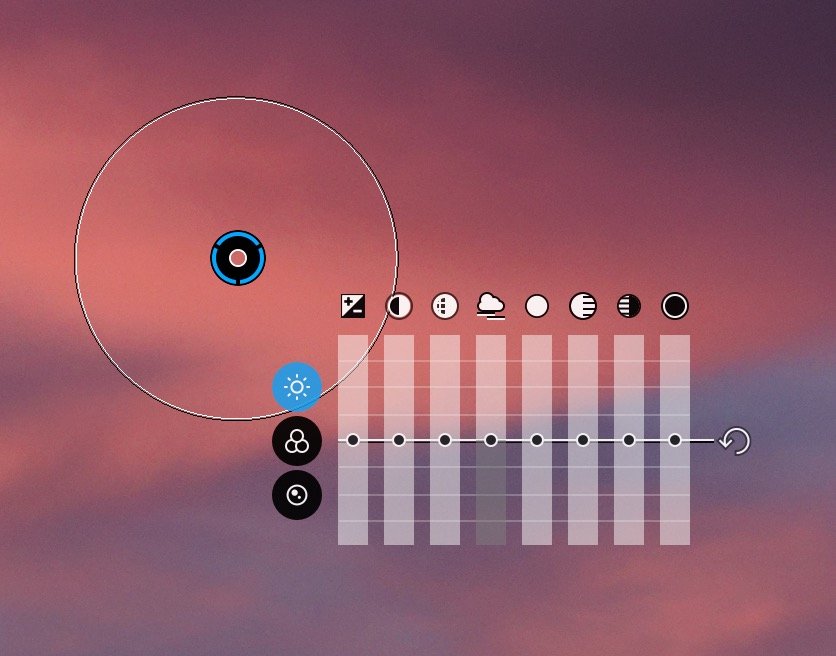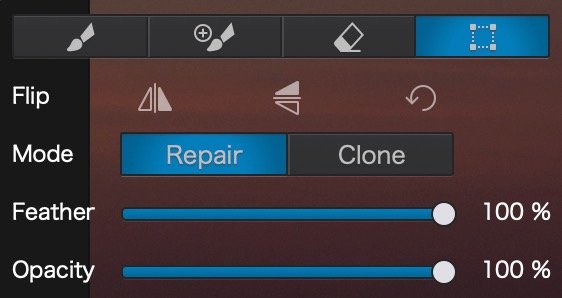Over the years I have used many (too many) different image post-processing applications, even so far back as when Adobe Bridge was the only DAM available other than the Finder. When Apple’s Aperture first came out, I jumped on it right away, loving it until Apple discontinued it. That was a sad day, for me.
I ended up replacing Aperture with Lightroom, as did many, but I never warmed to it. After a while, I switched to Capture One and got along with it well enough. Back to Lightroom (now Classic). And now to PhotoLab Elite.
So why PhotoLab Elite and why now?

PhotoLab Elite 6 has added enough Digital Asset Management (DAM) features to offer the basics of keywords and IPTC data (but still no presets) to go with image ratings and flags. Other upgrades from PhotoLab 5 are an improved repair tool (but still not context-sensitive), even better denoise algorithms, the inclusion of keystone removal tools from DxO ViewPoint, a new wide gamut working color space, and soft proofing. Together, these features bring PhotoLab into a competitive position with both Capture One and Lightroom Classic.
This is not to say that PhotoLab Elite is Lightroom Classic’s equal. Perhaps most notably, Lightroom Classic offers AI Masking, making selections faster and more accurate. Because Lightroom Classic is still the choice for most professionals, so there is a wide array of add-ins and support available.
My motivation to switch comes from a number of things, some big and some small.
- I find PhotoLab Elite’s interface to be more to my liking. It’s clean and well-organized. It looks and feels better, to me.
- PhotoLab Elite’s Color Rendering choices, Smart Lighting, and ClearView Plus are especially good.
- But the ‘really big deal’ is PhotoLab Elite’s ability to adjust for lens imperfections. DxO makes laboratory measurements of camera bodies and lenses to develop their correction profiles and they are the best in the business.
- The default settings for an image provide a better starting point for editing than Lightroom Classic and rivals even Capture One.
What do I miss from Lightroom Classic?

PhotoLab Elite is only competitive with Lightroom Classic; it’s not yet better overall. And it may never be because of Adobe’s head start. The main things I miss from Lightroom Classic are:
- AI Masking
- Metadata Presets
- Print Presets
- Filtering by Keyword from the Keyword Pane
- Content-Aware Remove
- Creative Vignettes
- Sharpening Previews (using the option key)
That sounds like a lot!
How am I getting around those missing features?
I did use all those missing things in Lightroom Classic. AI Masking is somewhat new and I hadn’t yet gotten dependent on it, but it is a powerful tool. I have developed ways to work around many of these shortfalls in PhotoLab Elite, but some of them cost money.
AI Masking

Instead of letting the computer generate the masks, I find that the older style of masking is working for me. PhotoLab Elite does have a masking brush and an automatic masking brush that work much the same as Lightroom Classic’s. Perhaps it’s because I haven’t become reliant on AI Masking, but the judicious use of simple brushes and erasers gets me where I need to be. And sometimes the effect is more subtle than the very exact masks AI Masking can create.
But PhotoLab Elite has masks Lightroom Classic does not have – the Control Point and Control Line. These clever tools allow you to select parts of an area based on their color (Chroma) and brightness (Luma). You can adjust the sensitivity of the mask for both to select more or less of the same color or shade. There are situations in which these masks work better than any other.
Metadata Presets
Here’s a real problem. And I don’t have a good answer. Many photographers use Photo Mechanic to handle all their metadata outside of any post-processing application. I find it to be overkill. Not to mention $170. ACDSee Photo Studio is another choice and is, again, overkill with its own set of photo editing tools. So what to do?
Because I still subscribe to Lightroom Classic, I am using its metadata presets to fill the needed IPTC fields for PhotoLab Elite to read. Ugly, I know. I’m hoping that PhotoLab Elite 7, due this fall, will have metadata presets. If not …
Print Presets
PhotoLab Elite’s print dialog provides only the simplest of printing controls. Its output sharpening is primitive, not taking into account image print size or media type. And every time you print you have to set up the ICC profile, image size, and all the other key parameters because you can’t save them all as presets. Lightroom Classic has the best print module available and there’s just no way to get around that.
Except to buy Qimage One. Its cross-platform interface is a little janky in places, but it is a powerhouse for top-quality printing.
Filtering by Keywords
This is a good-news, bad-news story. PhotoLab Elite cannot filter by keyword from the keyword pane making it a little more complex than it should be. But the search field can find images using almost any image parameter such as keyword, aperture, lens, camera model, or ISO. So, unless and until PhotoLab Elite adds the ability to filter by keyword from the keyword pane, I’ll get by with the search box.
Content-Aware Remove

Adobe really has something going with its content-aware removal technology; sometimes it’s even scary what it can do. PhotoLab Elite has only ordinary repair and clone tools. Fortunately, they are very good and the clone tool even allows the source area to be flipped horizontally or vertically to make symmetric repairs easier. If I’m going to have to do more serious pixel manipulation, I’ll export the image to Affinity Photo.
Creative Vignettes
Out of the box, PhotoLab Elite will only correct lens vignetting (lightening the corners to correct for lens imperfections). It won’t allow the darkening of the image corners for creative effect. For that, DxO FilmPack must be added. Why FilmPack? Who knows; it sounds like an odd mix. And it’s another $140.
Where to now?
I’m going to plug along in PhotoLab Elite for a while more while keeping Lightroom Classic going on the side. If I hit a roadblock with PhotoLab Elite, I can always go back. But if I gel with PhotoLab Elite, even with its current shortcomings, I can drop my Photography Plan subscription with Adobe and not extend my subscription with Capture One.

Leave a Reply